Home>Articles>How Long Does It Take For A Keg To Get Cold In A Kegerator
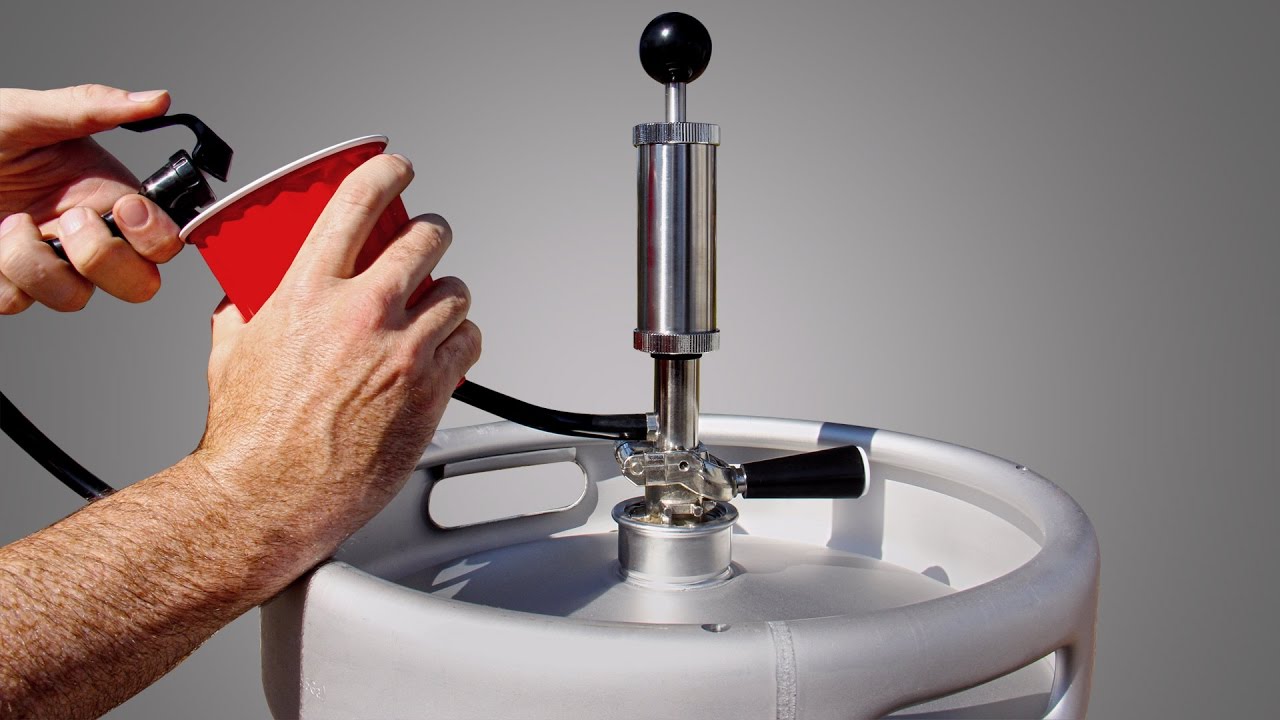

Articles
How Long Does It Take For A Keg To Get Cold In A Kegerator
Modified: January 6, 2024
Learn how long it takes for a keg to chill in a kegerator and get your frosty brews flowing. Read our informative articles for all the details.
(Many of the links in this article redirect to a specific reviewed product. Your purchase of these products through affiliate links helps to generate commission for Storables.com, at no extra cost. Learn more)
How Long Does It Take For A Keg To Get Cold In A Kegerator?
When it comes to enjoying a refreshing draught beer at home, nothing beats the convenience of a kegerator. These specialized refrigerators are designed to keep kegs of beer at the optimal temperature, ensuring a frosty and delightful pour every time. However, one common question that arises among kegerator owners is: how long does it take for a keg to get cold in a kegerator? Let’s explore the factors that influence the cooling time and find out the average duration it takes for a keg to reach the desired temperature.
Understanding the Kegerator Cooling Process
To comprehend the cooling time of a keg in a kegerator, it’s essential to understand how these appliances work. Kegerators employ a refrigeration system to regulate the internal temperature. The cooling process typically involves a compressor that compresses and cools the refrigerant, a condenser that dissipates heat, an expansion valve that controls the flow of refrigerant, and an evaporator that absorbs heat inside the kegerator.
Factors Affecting the Cooling Time of a Keg
Several factors can affect the time it takes for a keg to get cold in a kegerator:
- Initial temperature: The starting temperature of the keg plays a significant role. If the keg has been stored at room temperature or warmer, it will take longer to cool down compared to a keg that has been refrigerated beforehand.
- Kegerator temperature: The temperature setting on your kegerator is crucial. Lower temperatures will reduce the cooling time, while higher temperatures will prolong it.
- Size of the kegerator: The size and capacity of your kegerator can impact the cooling time. A larger kegerator may take more time to cool the keg evenly.
- Type of kegerator: The cooling mechanism and insulation quality of your kegerator can vary depending on the brand and model, affecting the cooling time accordingly.
- Ambient temperature: The ambient temperature of the room where the kegerator is located can also influence the cooling time. Higher room temperatures will require more energy and time for the kegerator to cool the keg adequately.
How Long Does It Take For A Keg To Get Cold In A Kegerator?
When it comes to enjoying a refreshing draught beer at home, nothing beats the convenience of a kegerator. These specialized refrigerators are designed to keep kegs of beer at the optimal temperature, ensuring a frosty and delightful pour every time. However, one common question that arises among kegerator owners is: how long does it take for a keg to get cold in a kegerator? Let’s explore the factors that influence the cooling time and find out the average duration it takes for a keg to reach the desired temperature.
A kegerator is a device that merges the technology of a refrigerator and a beer keg, creating a perfect environment for storing and dispensing beer. It consists of a refrigeration unit, a beer tower with a tap, and a CO2 system to pressurize and dispense the beer. Kegerators are popular among beer enthusiasts for their ability to maintain the freshness and quality of the beer, and they are commonly found in bars, restaurants, and homes.
The cooling process in a kegerator starts as soon as a keg is installed and the temperature is adjusted. The refrigeration system ensures that the keg is chilled to the desired temperature for optimal taste and enjoyment. The duration it takes for a keg to get cold in a kegerator can vary depending on various factors, such as the initial temperature of the keg, the temperature setting on the kegerator, the size of the kegerator, and the ambient temperature of the surrounding area.
Understanding these factors can help you estimate the time it will take for your keg to reach the ideal temperature. It’s important to note that cooling times can differ between different kegerator models and brands, so it’s always a good idea to consult the manufacturer’s instructions for specific guidelines.
In the following sections, we will explore the factors that affect the cooling time of a keg, discuss the recommended steps for cooling a keg in a kegerator, and provide some tips for faster keg cooling. By understanding this process, you’ll be well-equipped to ensure that your keg is chilled and ready to serve at its best.
How Long Does It Take For A Keg To Get Cold In A Kegerator?
Understanding the Kegerator Cooling Process
Before we delve into the factors that affect the cooling time of a keg in a kegerator, let’s first understand how the kegerator cooling process works.
A kegerator operates on the same basic principles as a standard refrigerator. It utilizes a refrigeration system to cool the internal temperature and maintain it at the desired level. The key components of a kegerator’s cooling system include the compressor, condenser, expansion valve, and evaporator.
The compressor is the heart of the refrigeration system. It compresses the refrigerant gas, raising its pressure and temperature. This compressed gas then flows to the condenser, which is typically located on the back or side of the kegerator. The aim of the condenser is to dissipate the heat absorbed by the refrigerant, allowing it to cool down and condense into a liquid state.
From the condenser, the liquid refrigerant passes through an expansion valve, which regulates its flow into the evaporator. Inside the kegerator, the evaporator absorbs heat from the surroundings, including the keg. As the refrigerant absorbs heat, it evaporates back into a gas state and returns to the compressor, where the process starts again.
The evaporator houses coils that distribute the cooled air throughout the kegerator. These coils are responsible for maintaining the desired temperature within the unit. By manipulating the compressor’s cycling and the expansion valve’s opening, the kegerator can maintain a consistent and optimal cooling environment for the keg.
It’s important to note that kegerators are specifically designed to cool kegs, which typically hold large volumes of beer. The cooling system is optimized to handle the heat load generated by the keg and ensure that the beer remains cold and refreshing.
Now that we have a basic understanding of how a kegerator cools, let’s explore the factors that influence the time it takes for a keg to get cold in a kegerator.
How Long Does It Take For A Keg To Get Cold In A Kegerator?
Factors Affecting the Cooling Time of a Keg
Several factors come into play when determining the time it takes for a keg to get cold in a kegerator. Understanding these factors will give you a better idea of what to expect when it comes to cooling your keg:
- Initial temperature: The starting temperature of the keg has a significant impact on the cooling time. If the keg is at room temperature or warmer, it will take longer to cool down compared to a keg that has already been refrigerated.
- Kegerator temperature setting: The temperature setting on your kegerator is crucial. Lowering the temperature setting will result in a quicker cooling time, while higher temperatures will prolong the process. It’s important to find the right balance to achieve the desired coldness without freezing the beer.
- Size of the kegerator: The size and capacity of your kegerator can influence the cooling time. Larger kegerators may take more time to cool down the entire keg evenly. It’s recommended to give your kegerator some space for proper air circulation, allowing for more efficient cooling.
- Type of kegerator: The cooling mechanism and insulation quality of your kegerator can also affect the cooling time. Different brands and models may have variations in performance and efficiency. It’s a good idea to choose a high-quality kegerator to ensure optimal cooling results.
- Ambient temperature: The ambient temperature of the room where the kegerator is located plays a significant role in cooling time. Higher room temperatures will require more energy and time for the kegerator to cool the keg adequately. Consider placing your kegerator in a well-insulated and properly ventilated area to minimize the impact of ambient temperature.
By taking these factors into account, you can estimate the approximate time it will take for your keg to reach the desired temperature. However, it’s important to remember that different kegerator models may have varying cooling capabilities, so it’s always best to consult the manufacturer’s recommendations for more accurate guidelines.
In the next section, we will explore the recommended steps to cool a keg in a kegerator, which can help optimize the cooling process and ensure that your beer is perfectly chilled and ready to be enjoyed.
How Long Does It Take For A Keg To Get Cold In A Kegerator?
Read more: How Cold Will A Beverage Air Kegerator Get
Recommended Steps to Cool a Keg in a Kegerator
When it comes to cooling a keg in a kegerator, following a few simple steps can help optimize the cooling process and ensure that your beer is chilled to perfection. Here are some recommended steps to cool a keg in a kegerator:
- Pre-chill the keg: If possible, it’s beneficial to pre-chill the keg before placing it in the kegerator. This can be done by storing the keg in a cool environment, such as a refrigerator, prior to use. Pre-chilling the keg will reduce the cooling time required in the kegerator.
- Clean the beer lines and tap: Before installing the keg, it’s essential to clean the beer lines and tap thoroughly. This ensures that the beer will flow smoothly and avoids any potential contamination or off-flavors. Follow the manufacturer’s instructions or use a keg line cleaner for best results.
- Set the temperature: Adjust the temperature settings on your kegerator to the desired level. Ideally, a temperature between 36-40 degrees Fahrenheit (2-4 degrees Celsius) is recommended for most beers. Lower temperatures can be used for certain styles like lagers. Allow the kegerator to stabilize at the desired temperature for a couple of hours before installing the keg.
- Install the keg: Carefully place the keg inside the kegerator, ensuring a secure fit. Avoid shaking or disturbing the keg during installation, as this can disturb the settling process and result in foamy pours. Make sure the keg is properly seated and the beer lines are securely connected to the keg’s coupler.
- Allow for cooling time: Once the keg is installed, it’s important to give it sufficient time to cool down. The exact cooling time can vary depending on the factors mentioned earlier, but typically it takes anywhere between 24 to 48 hours for the keg to reach its optimal temperature. Patience is key during this time.
It’s worth noting that some kegerators come with a quick-cool function or a turbo-cooling option, which can expedite the cooling process. If your kegerator has this feature, consult the manufacturer’s instructions on how to use it effectively.
By following these recommended steps, you can ensure that your keg is cooled properly and ready to dispense perfectly chilled beer. In the next section, we will discuss the average time required for a keg to get cold in a kegerator, giving you an idea of what to expect in terms of cooling duration.
How Long Does It Take For A Keg To Get Cold In A Kegerator?
Average Time Required for a Keg to Get Cold in a Kegerator
The time it takes for a keg to get cold in a kegerator can vary based on several factors, including the initial temperature of the keg, the temperature setting on the kegerator, the size of the kegerator, and the ambient temperature. While there is no exact formula to determine the cooling time precisely, we can provide a general guideline.
On average, it takes anywhere from 24 to 48 hours for a keg to reach its optimal serving temperature in a kegerator. This duration allows the refrigeration system to gradually cool the keg and stabilize the internal temperature. Keep in mind that these numbers are just estimates and can vary based on the factors mentioned earlier.
If the keg has been pre-chilled before placing it in the kegerator, it may reach the desired temperature faster. However, if the keg starts at room temperature or a higher temperature, it will take longer for the kegerator to cool it down. Additionally, larger kegerators may require more time to cool the keg evenly throughout its volume.
It’s important to exercise patience during the cooling process and avoid the temptation to rush it. Trying to accelerate the cooling time by adjusting the temperature too low or shaking the keg can result in foamy pours and negatively impact the taste and quality of the beer. Slow and steady cooling ensures that the beer is properly carbonated and allows any sediment to settle properly.
It’s also important to note that different types of beers may have different serving temperature recommendations. For example, lagers are typically served at colder temperatures, while ales and stouts may be served slightly warmer. Adjust the temperature setting on your kegerator based on the style of beer you’ll be serving to ensure optimal taste and enjoyment.
Remember, the key to a great pour and an enjoyable beer experience lies in properly cooling the keg and maintaining the right temperature. By allowing for adequate cooling time, you’ll be rewarded with a perfectly chilled and refreshing pint of beer from your kegerator.
In the next section, we will provide some tips for faster keg cooling in a kegerator, in case you’re pressed for time or want to expedite the process.
How Long Does It Take For A Keg To Get Cold In A Kegerator?
Tips for Faster Keg Cooling in a Kegerator
If you’re eager to enjoy a cold, refreshing beer from your kegerator and want to expedite the cooling process, here are some helpful tips to speed up keg cooling:
- Pre-chill the keg: As mentioned earlier, pre-chilling the keg before placing it in the kegerator can significantly reduce the cooling time. Store the keg in a refrigerator or an ice bath prior to installation to bring its temperature down. This will allow the kegerator to focus on bringing the keg to the desired serving temperature rather than cooling it from room temperature.
- Lower the temperature setting: Adjust the temperature setting on your kegerator to the lowest recommended level for the style of beer you’re serving. This will enhance the cooling efficiency of the kegerator and help speed up the process. However, be careful not to set the temperature too low, as it may freeze the beer or cause other issues.
- Leave ample space around the keg: Ensure that there is enough space for proper air circulation within the kegerator. Crowding the keg with other items or blocking the air vents can hinder the cooling efficiency. Allow for a clear path of airflow to ensure efficient and rapid cooling.
- Use a fan: Placing a fan near the kegerator can help improve the air circulation and dissipate heat more efficiently. This can result in faster cooling of the keg. Ensure that the fan is positioned in a way that it does not directly blow onto the keg, as it may cause excessive foaming.
- Cool the lines: In addition to pre-chilling the keg, you can also cool the beer lines before connecting them to the keg. Keeping the lines cold helps to minimize heat transfer and ensures that the beer reaches the tap at the desired temperature more quickly.
While these tips can help speed up the keg cooling process, it’s important to strike a balance and not compromise the quality of the beer. It’s still recommended to allow sufficient time for the keg to cool properly to avoid issues such as foaming or unexpected temperature fluctuations.
Remember to consult the manufacturer’s instructions for your specific kegerator model and follow their guidelines for best results. Every kegerator may have its own unique features and recommendations, so it’s essential to familiarize yourself with them.
In the next section, we will discuss common troubleshooting tips for kegerator cooling issues, in case you encounter any challenges along the way.
How Long Does It Take For A Keg To Get Cold In A Kegerator?
Troubleshooting Common Issues with Keg Cooling in a Kegerator
While kegerators are designed to efficiently cool kegs of beer, there may be instances where you encounter issues with the cooling process. Here are some common problems you might face and troubleshooting tips to help you resolve them:
- Inconsistent temperature: If you notice inconsistent temperatures inside your kegerator, it may be due to a faulty thermostat or temperature controller. Check if the temperature settings are accurate and adjust if necessary. If the issue persists, contact the manufacturer for further assistance or consider getting a replacement part.
- Excessive foaming: Foamy pours can result from various factors, including incorrect temperature settings, improper carbonation levels, and dirty beer lines. Ensure that the kegerator is set to the recommended temperature for the beer style you’re serving. Clean the beer lines regularly to remove any buildup of bacteria or sediments that can cause foaming. Adjusting the carbonation levels can also help reduce excessive foaming.
- Keg not cooling: If the kegerator fails to cool the keg adequately, there might be a problem with the refrigeration system. Check if the compressor is running properly and listen for any unusual noises. Ensure that the cooling vents are clear and not blocked by any obstructions. If the issue persists, it’s advisable to contact a professional technician to assess and repair the kegerator.
- Uneven cooling: Uneven cooling inside the kegerator can result from improper placement of the keg or hindrance of airflow. Make sure the keg is positioned properly and not touching the cooling coils or obstructing the circulation of air. Rearrange any items that may be blocking the airflow and ensure proper ventilation within the kegerator.
- Frozen beer: If your beer is freezing in the kegerator, it’s a sign that the temperature is set too low. Adjust the temperature setting to a higher level, allowing the beer to be chilled without freezing. It might be necessary to wait for the frozen beer to thaw before serving it, as serving frozen beer can lead to taste and texture issues.
Always refer to the manufacturer’s instructions for troubleshooting specific issues with your kegerator model. They may provide additional guidance or suggest customized solutions.
If you’re unable to resolve the problem yourself or if the issue persists, it’s advisable to seek professional assistance. Contact the manufacturer or a qualified technician who specializes in kegerator repairs for further troubleshooting and support.
By addressing these common cooling issues, you can ensure that your keg is properly cooled and ready to deliver a smooth, well-poured beer.
Now that you’re armed with these troubleshooting tips, you can confidently troubleshoot and resolve any cooling issues that arise with your kegerator. In the final section, we will conclude our discussion on how long it takes for a keg to get cold in a kegerator.
How Long Does It Take For A Keg To Get Cold In A Kegerator?
Conclusion
Having a kegerator at home provides the convenience of enjoying draught beer whenever you want. Understanding the factors that influence the cooling time of a keg in a kegerator is essential for optimal cooling and serving experiences.
We explored the kegerator cooling process, which relies on a refrigeration system to maintain the desired temperature inside the unit. Factors such as the initial temperature of the keg, the kegerator temperature setting, the size of the kegerator, and the ambient temperature can affect the time it takes for a keg to get cold.
To achieve the best results when cooling a keg in a kegerator, follow the recommended steps, including pre-chilling the keg, cleaning the lines, setting the temperature, and allowing sufficient cooling time. By taking these steps, you can ensure that your beer is chilled to perfection and ready to be enjoyed.
In average conditions, it takes anywhere from 24 to 48 hours for a keg to reach its optimal serving temperature. However, factors like pre-chilling, temperature settings, kegerator size, and ambient temperature can influence this timeframe.
If you are looking to speed up the keg cooling process, consider pre-chilling the keg, lowering the temperature setting, ensuring ample space around the keg, using a fan for improved airflow, and cooling the beer lines. These tips can help expedite the cooling process, but it’s important to maintain a balance to avoid compromising the quality of the beer.
In case you encounter any issues with keg cooling in your kegerator, troubleshoot common problems such as inconsistent temperature, excessive foaming, keg not cooling, uneven cooling, or frozen beer. Consult the manufacturer’s instructions and seek professional assistance if needed.
Remember, the ultimate goal is to enjoy a perfectly chilled pint of beer from your kegerator. By understanding the cooling process, following the recommended steps, and troubleshooting any issues, you can ensure a delightful beer-drinking experience from the comfort of your own home.
Frequently Asked Questions about How Long Does It Take For A Keg To Get Cold In A Kegerator
Was this page helpful?
At Storables.com, we guarantee accurate and reliable information. Our content, validated by Expert Board Contributors, is crafted following stringent Editorial Policies. We're committed to providing you with well-researched, expert-backed insights for all your informational needs.
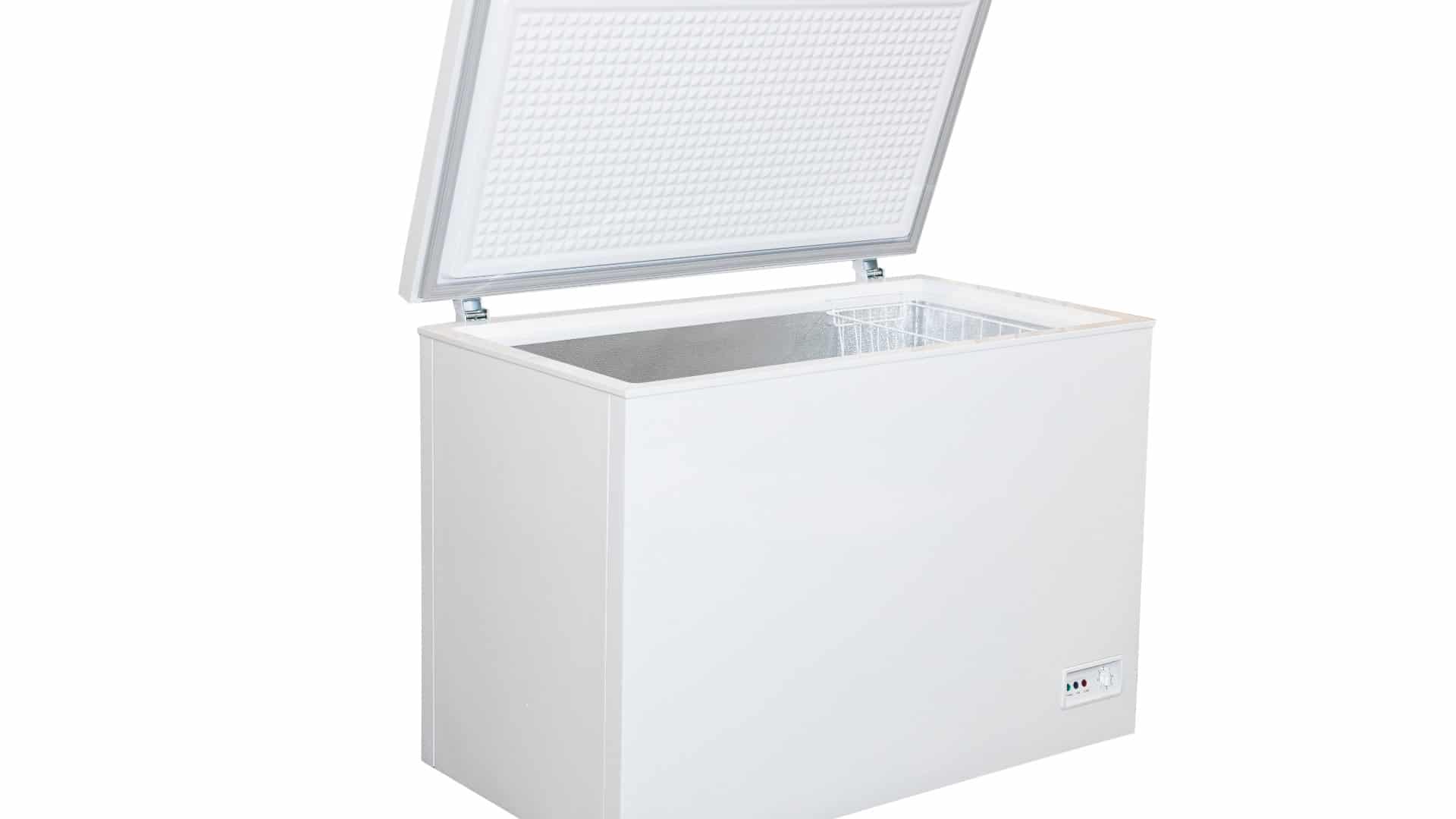
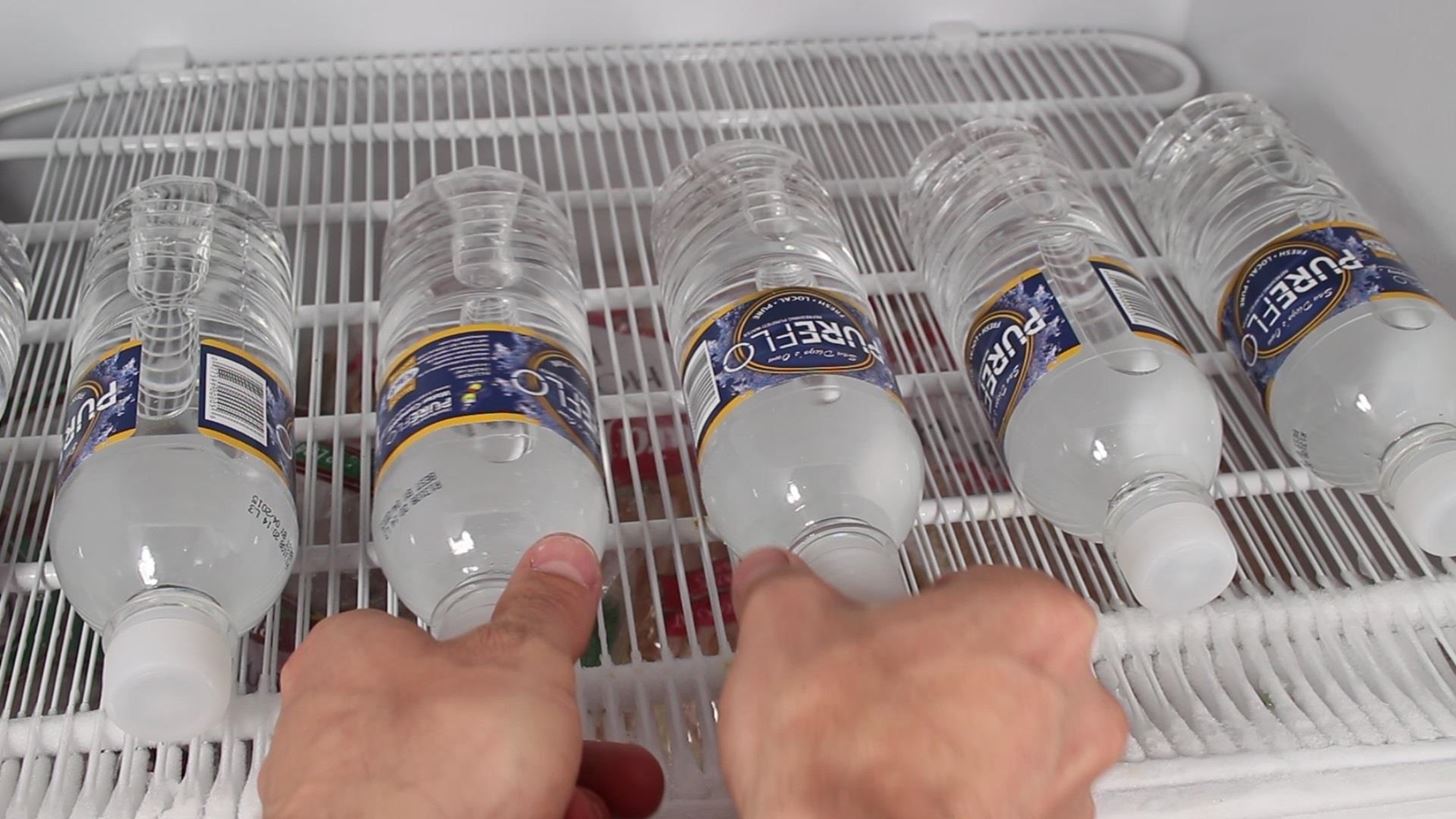
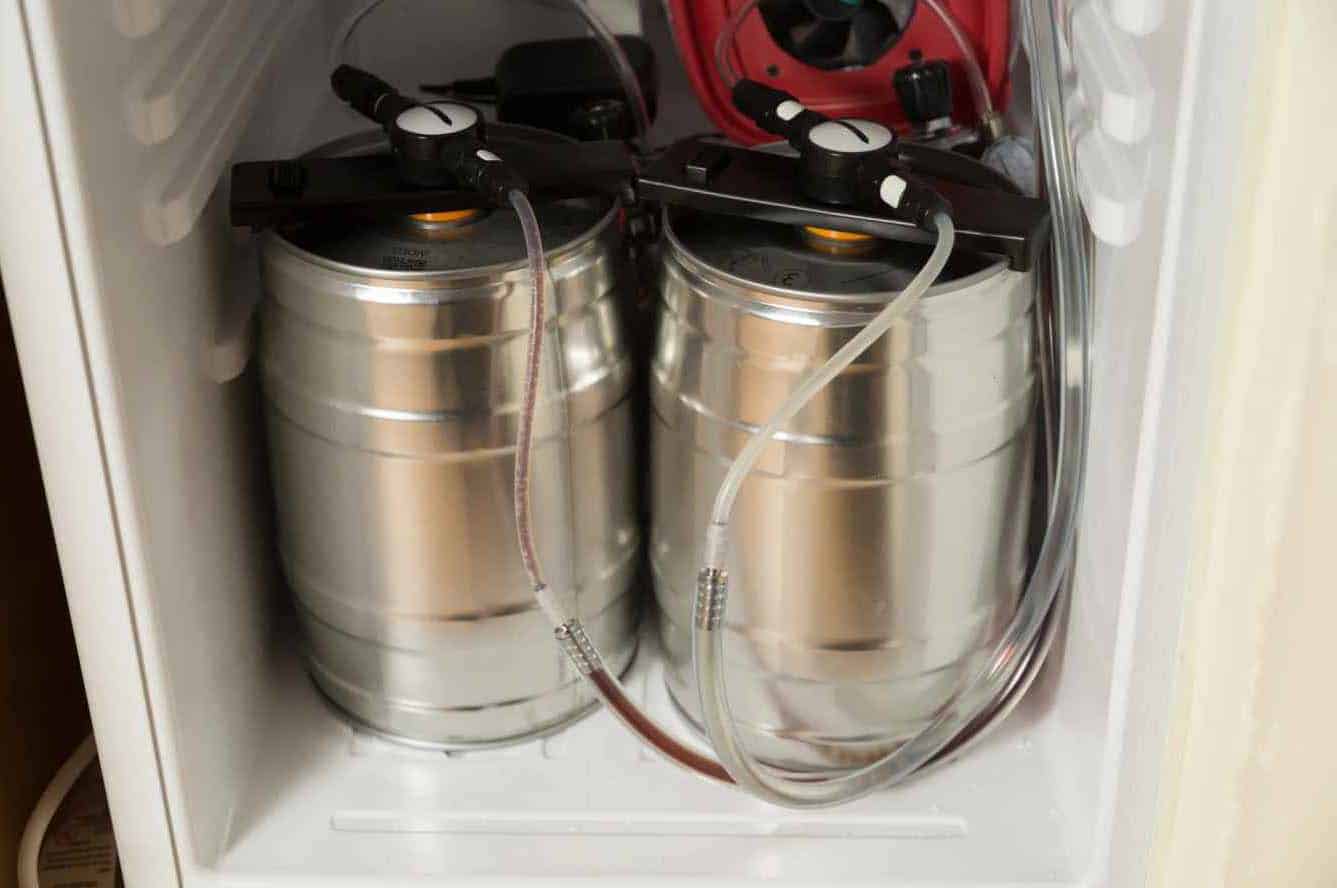
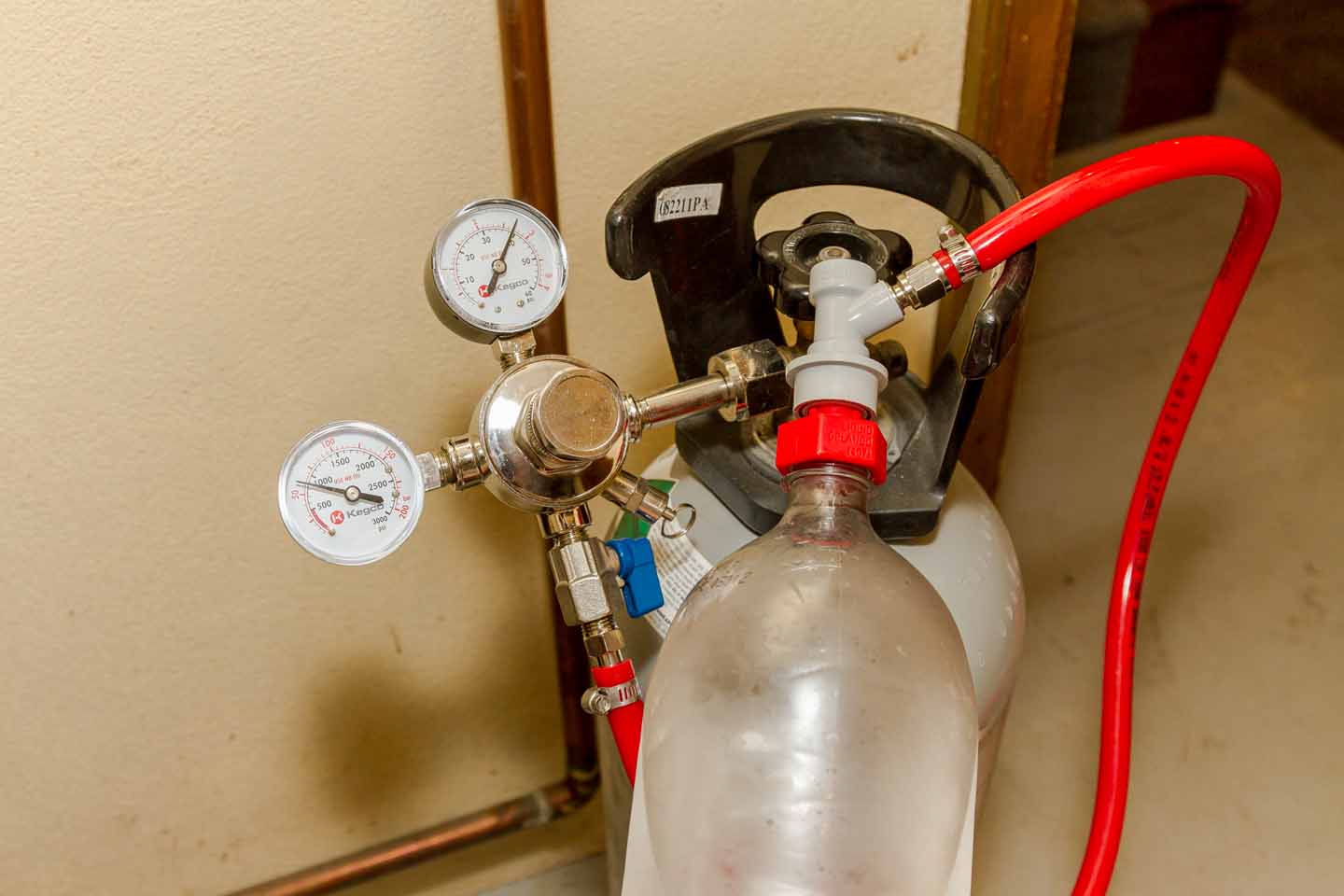
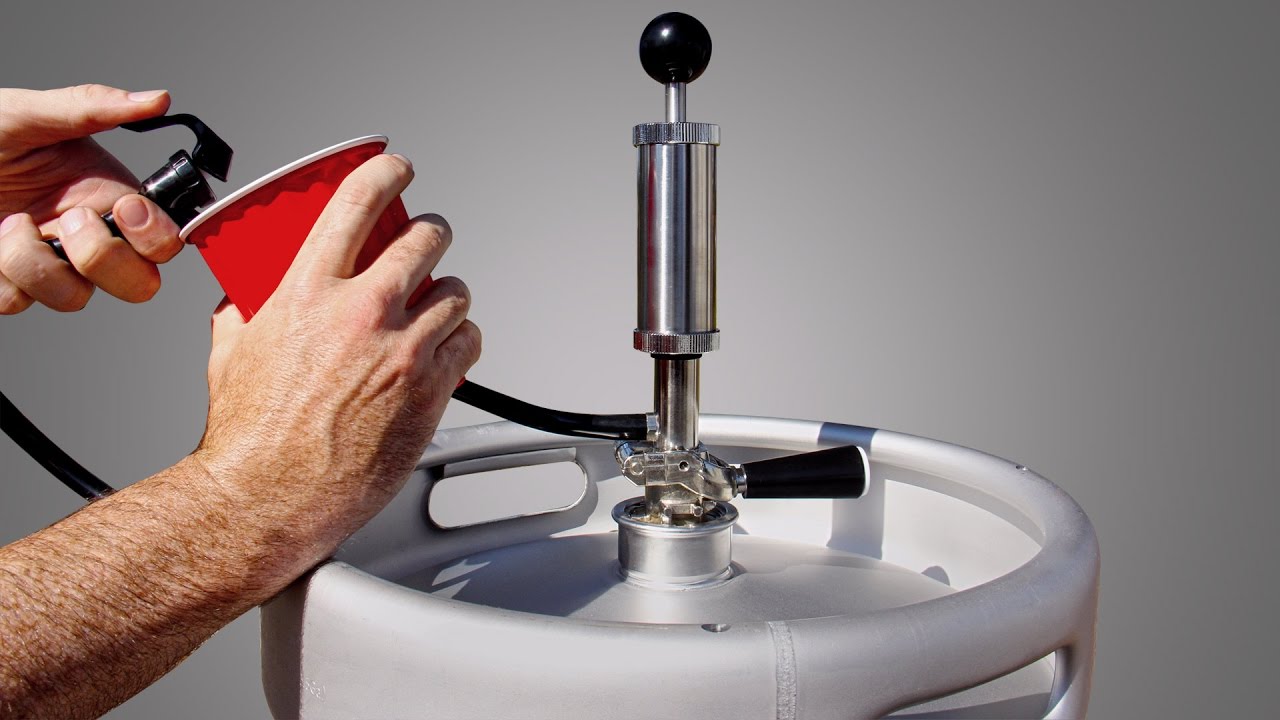
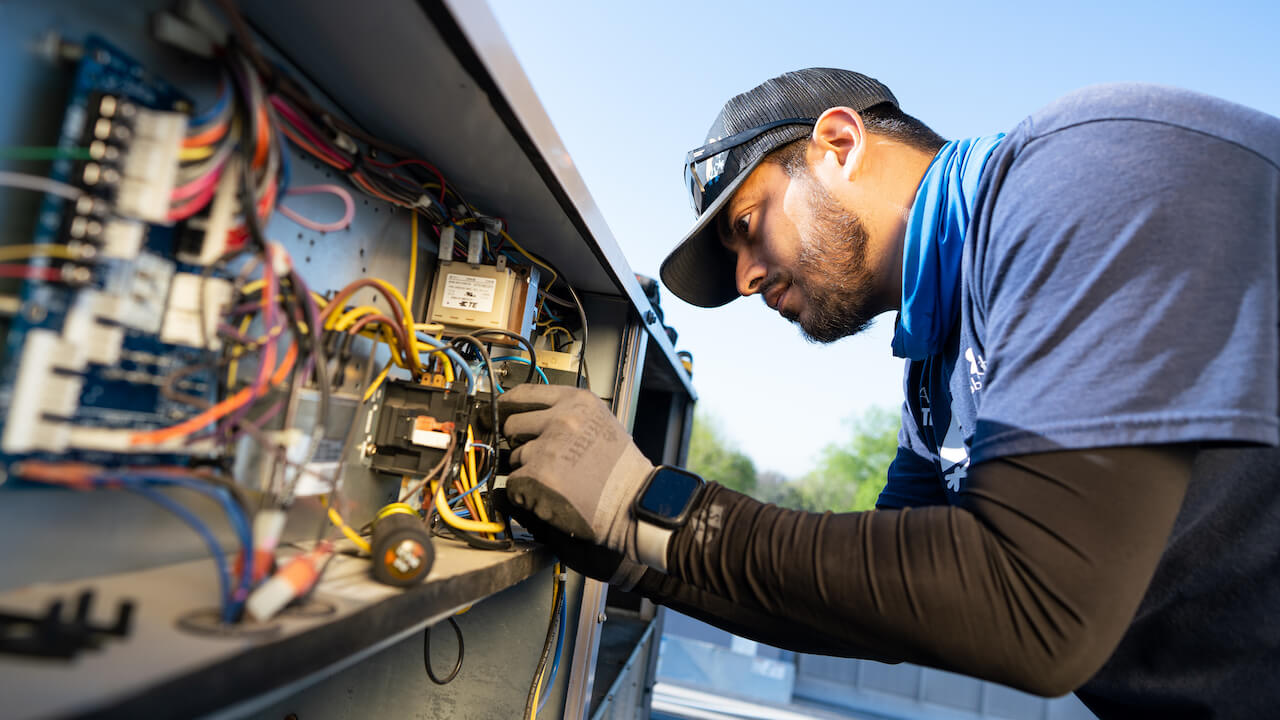
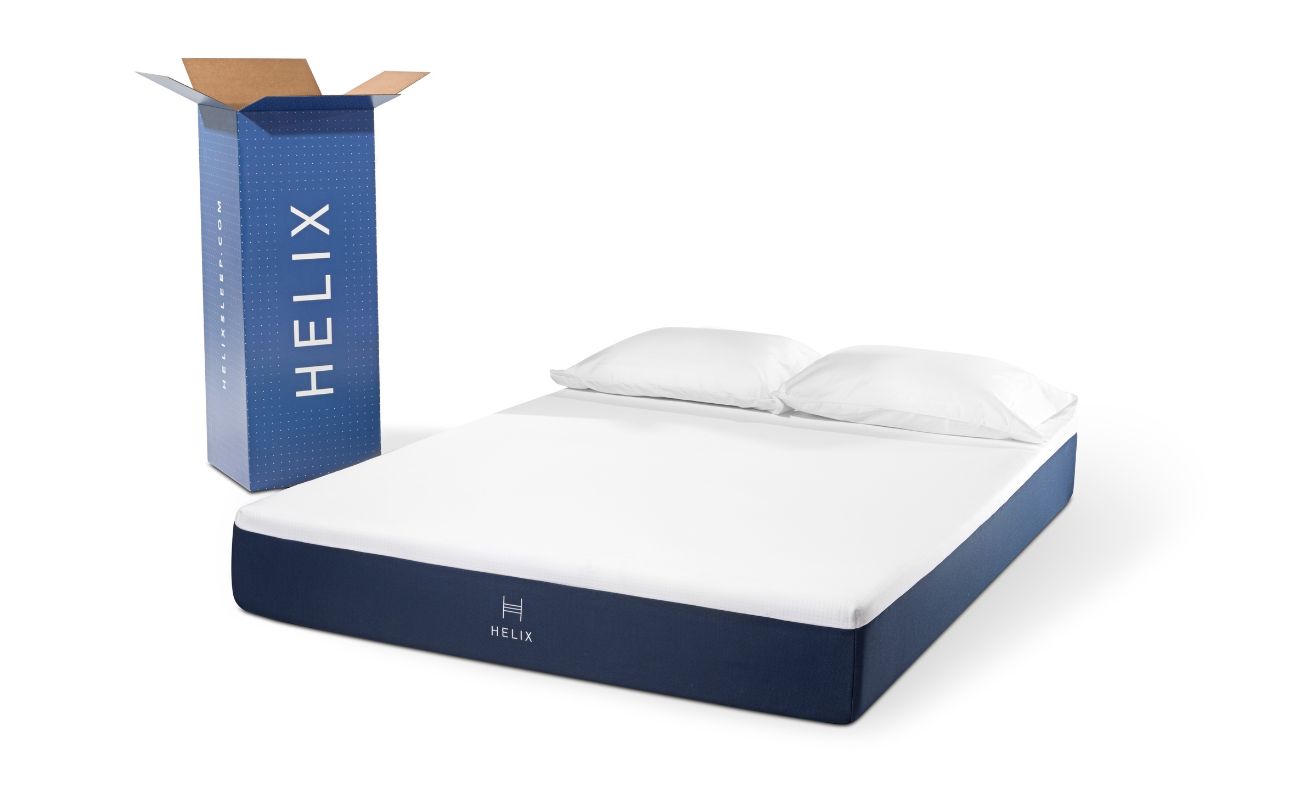
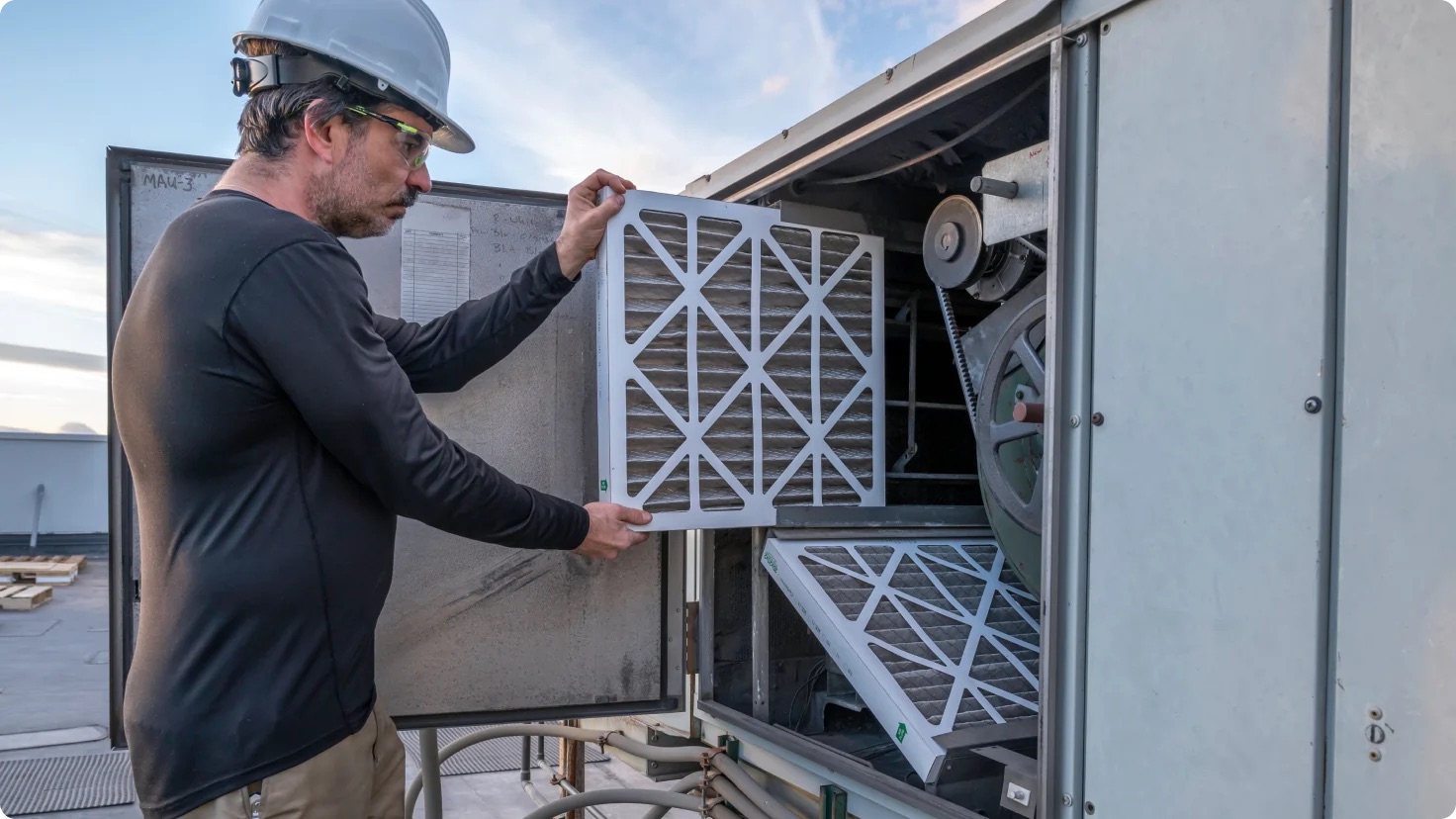
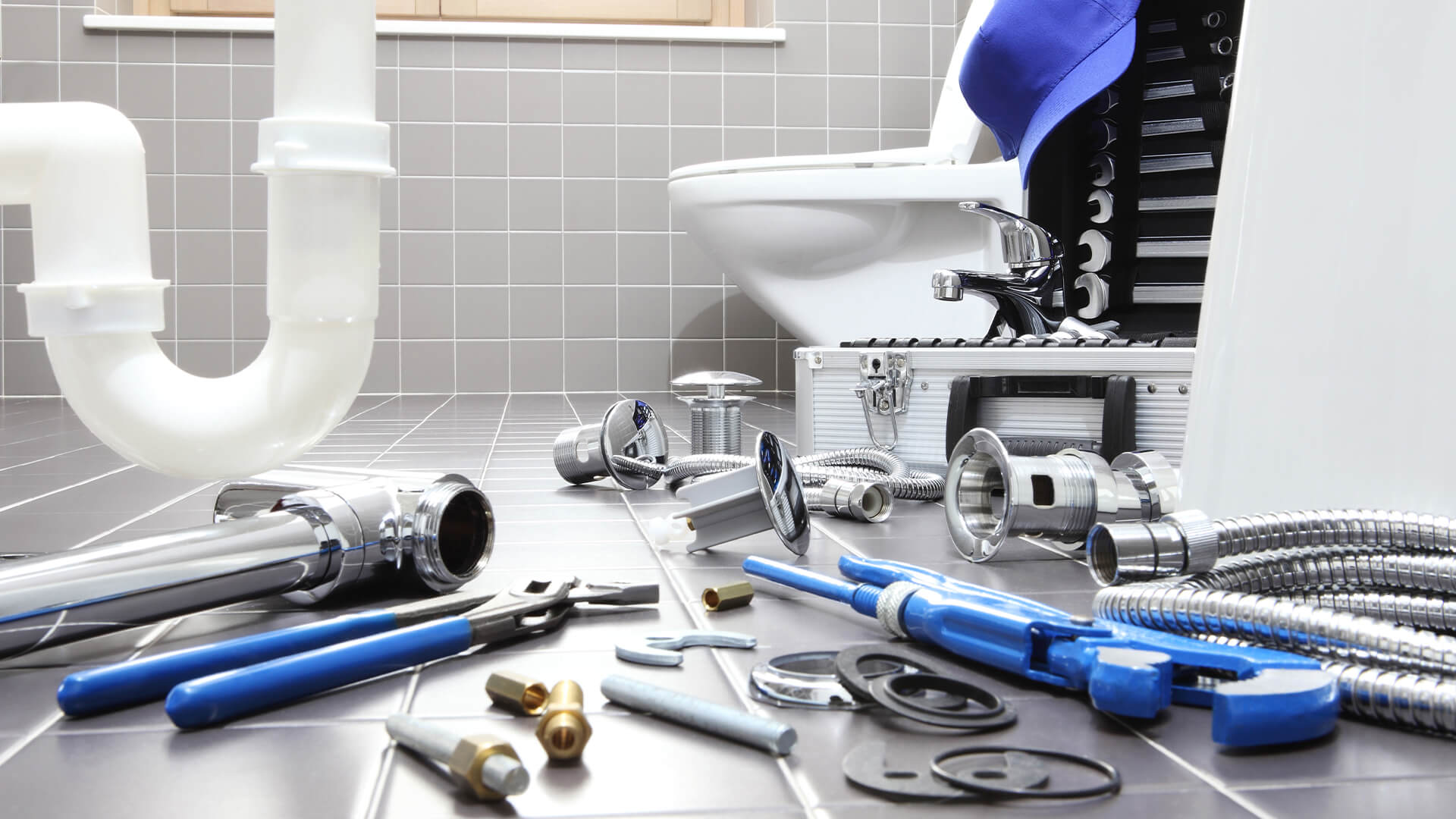
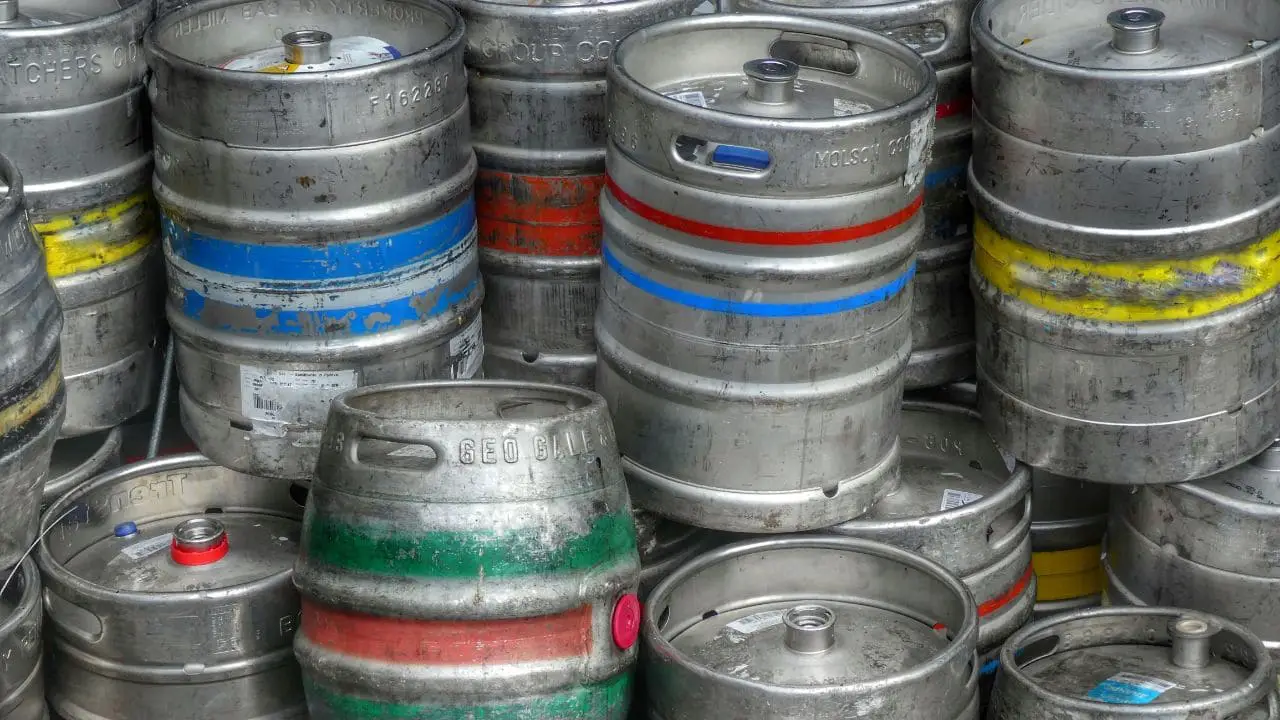
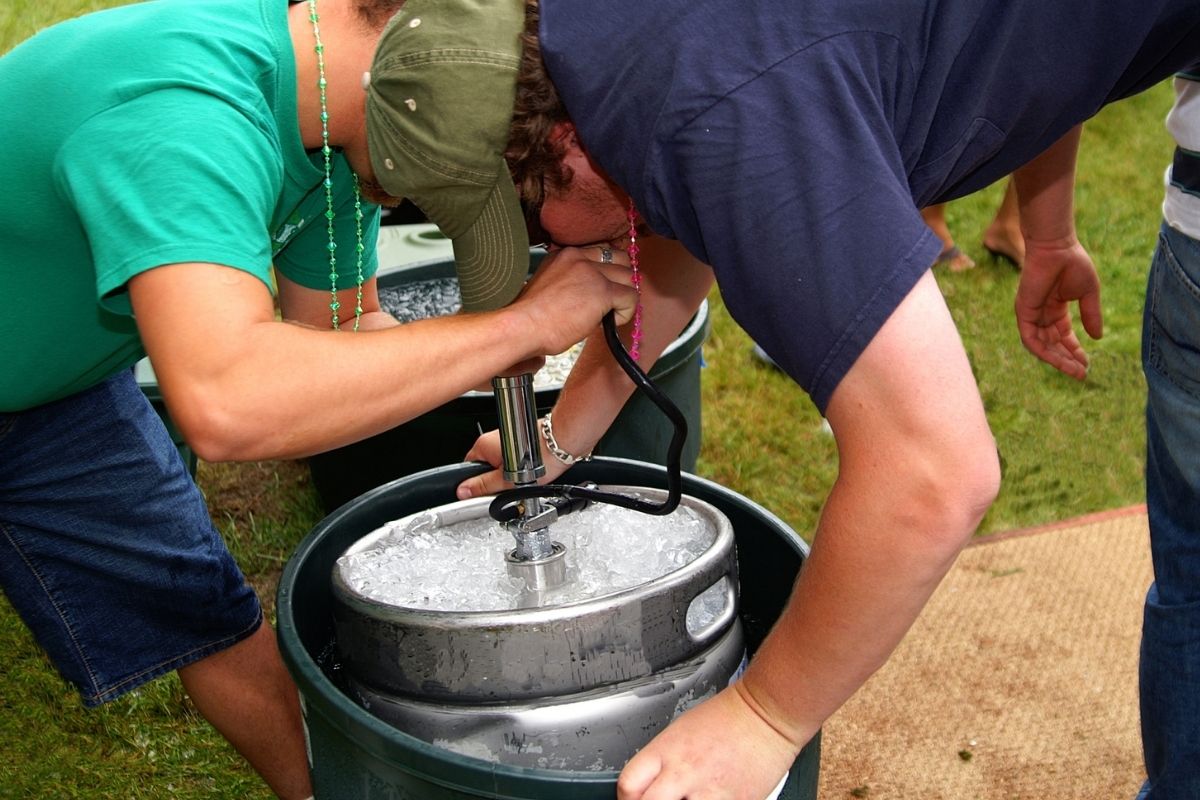

0 thoughts on “How Long Does It Take For A Keg To Get Cold In A Kegerator”